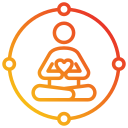
Elevate Your Training: Yoga Poses to Enhance Your Fitness Routine
Chosen theme: Yoga Poses to Enhance Your Fitness Routine. Welcome to a space where strength meets stillness, mobility fuels speed, and breath powers every rep. Today we blend purposeful poses with practical fitness to help you move better, lift smarter, and recover faster. Join the conversation, share your wins, and subscribe for weekly pose breakdowns and actionable training tips.
Strength You Can Feel: Foundational Poses That Build Power
Warrior II and Crescent Lunge groove strong knee-over-ankle alignment, strengthen quads and glutes, and build hip stability for squats and sprints. Breathe steadily, press through the outer edge of the back foot, and track your front knee so it doesn’t collapse inward.
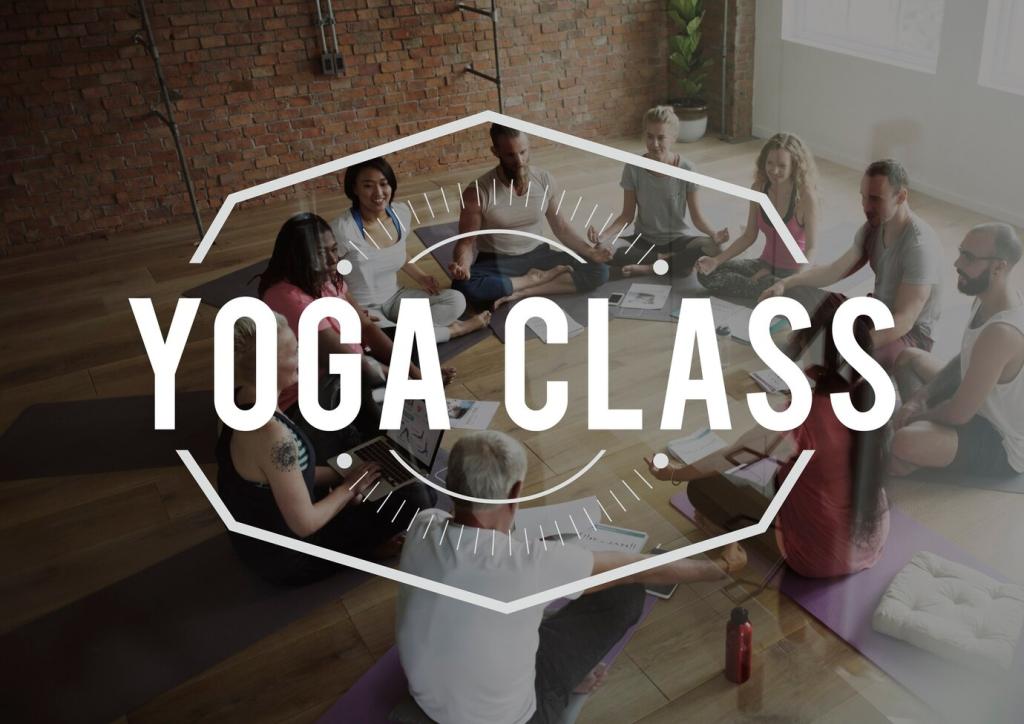
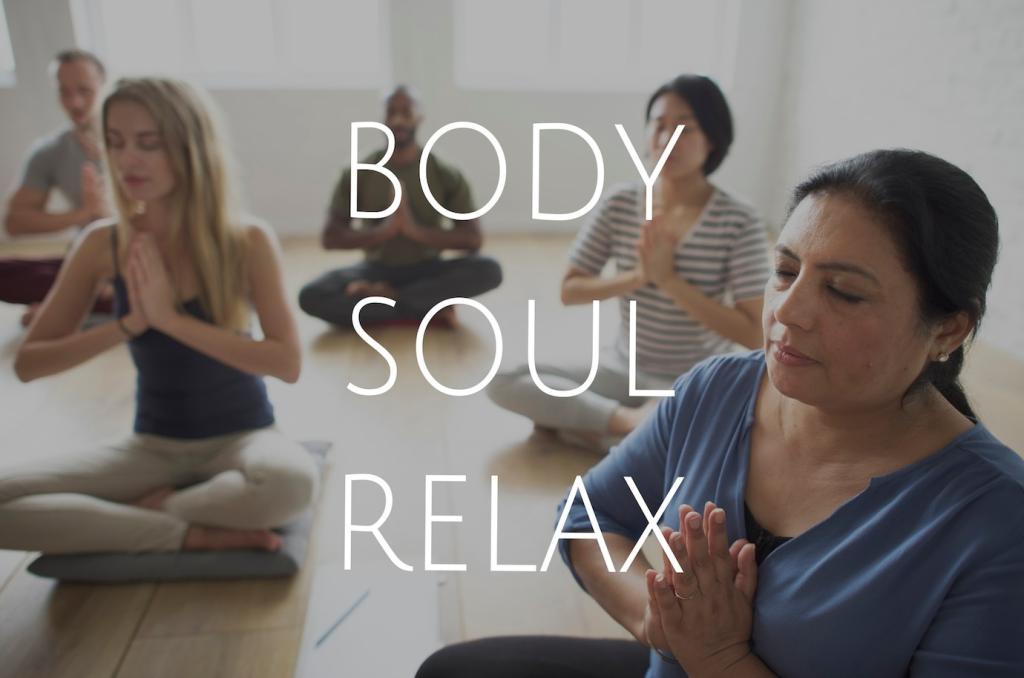
Strength You Can Feel: Foundational Poses That Build Power
Hold Plank to brace the entire trunk, then transition to Side Plank to challenge lateral stability essential for carries and running mechanics. Practice slow, controlled Chaturanga to teach your shoulders scapular control, protecting push-ups and bench press from nagging overuse strain.
Move Better: Mobility Flows for Daily Performance
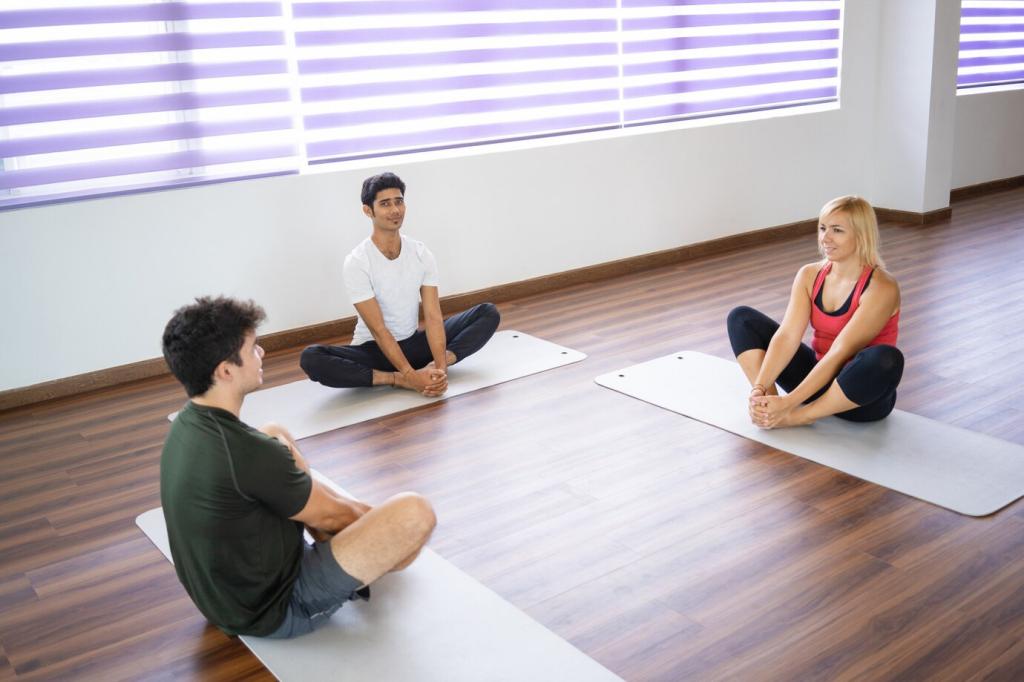
Sun Salutation Warm-Up
Cycle through Sun Salutations to raise core temperature, mobilize hips and shoulders, and coordinate breath with movement. When I trained for a 10K, five rounds before runs smoothed my stride and eased knee grumbles by opening calves, hamstrings, and hip flexors.
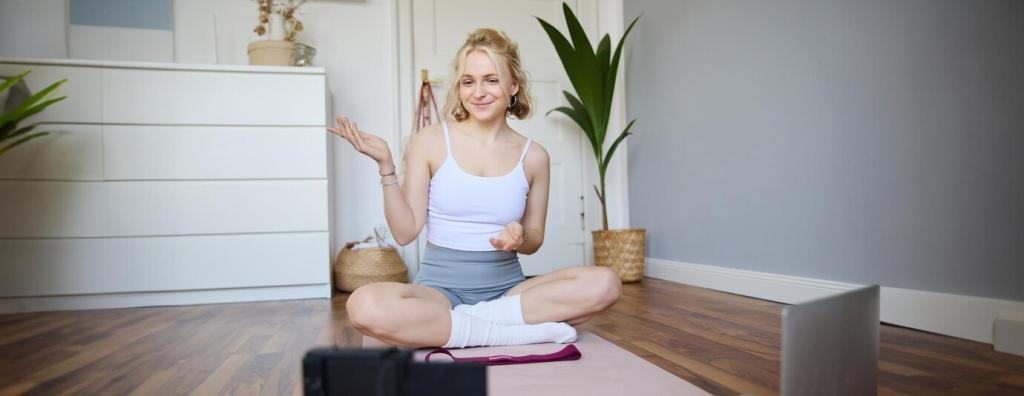
Hip Openers: Lizard and Pigeon
Lizard primes hip flexors and adductors for deeper lunges, while Pigeon targets glutes and piriformis to free rotation and relieve low-back tug. Keep a long spine, breathe into sticky spots, and exit slowly to preserve the new range you just earned.

Shoulder Freedom: Cow Face Arms and Thread-the-Needle
Cow Face Arms restore overhead reach by stretching triceps and external rotators, while Thread-the-Needle melts tension across the upper back. Pair them before presses or pull-ups to improve scapular glide and reduce the urge to overarch your lower back.
Steady as You Go: Balance and Proprioception Training
Tree Pose teaches the foot to tripod and the ankle to subtly adapt, enhancing single-leg deadlifts and step-ups. Fix your gaze on a steady point, lift the ribs gently, and feel the arch engage as the hip spirals open without dumping weight into the low back.
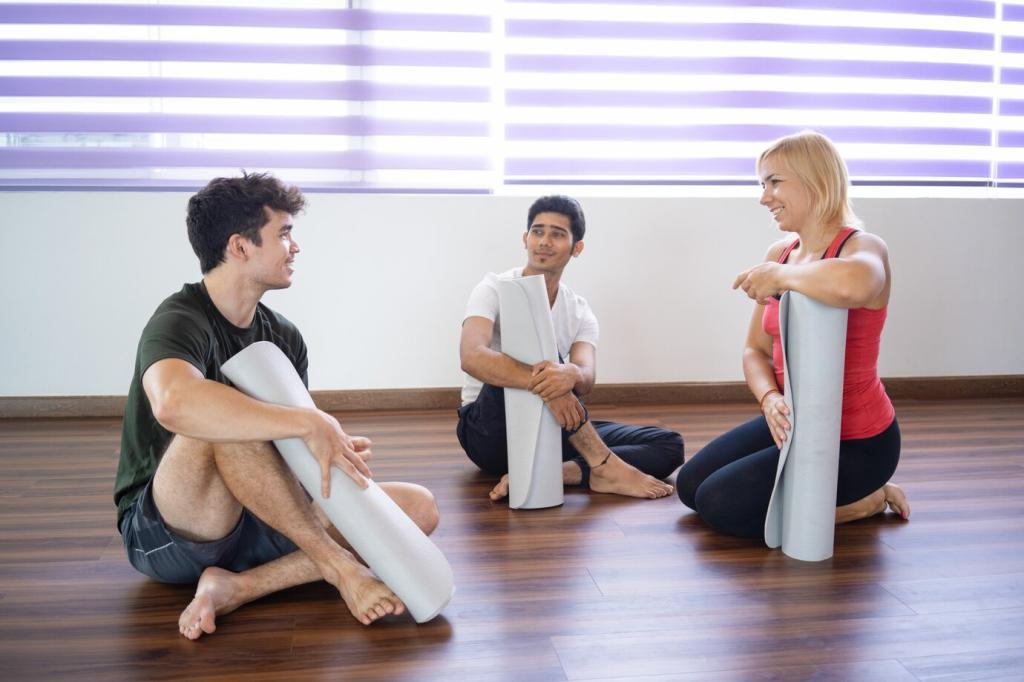
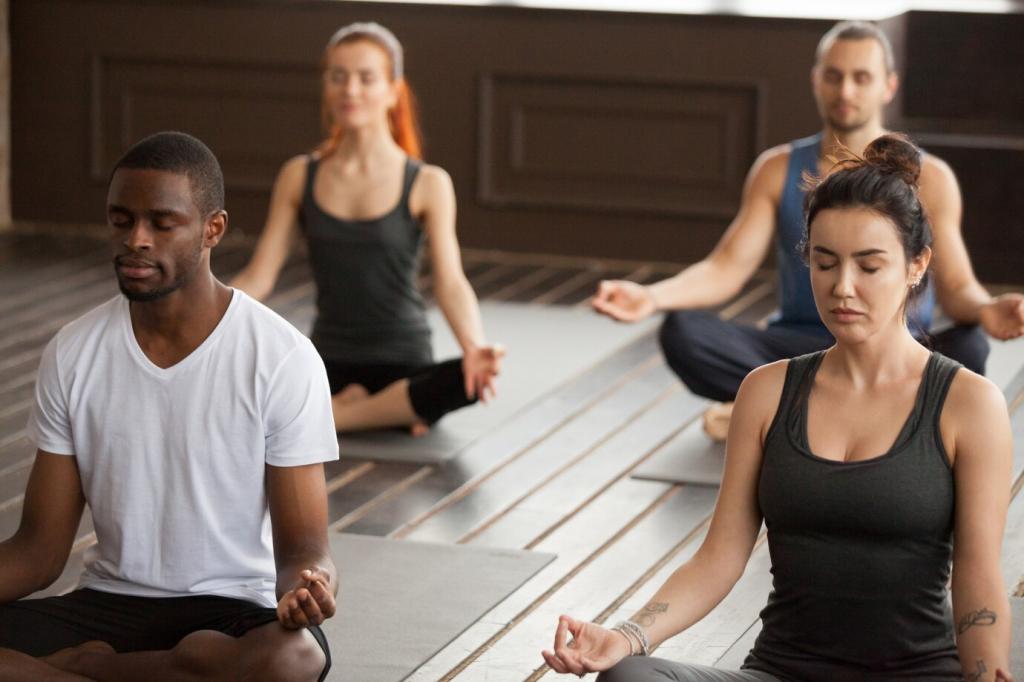
Ujjayi Breath to Pace Effort
Ujjayi breath adds mild resistance to the throat, anchoring attention and pacing movement. In circuits, inhale to set position, exhale during exertion, and notice perceived effort drop a notch. This rhythm often reduces mid-workout anxiety and keeps technique crisp under fatigue.
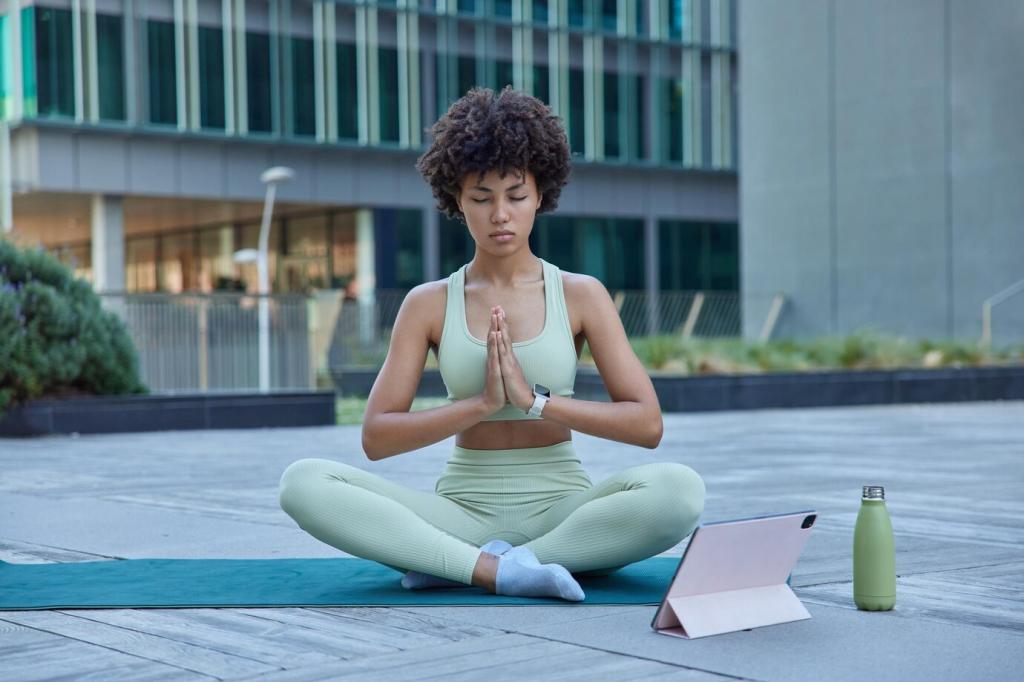
Legs-Up-the-Wall and Supine Twist
Legs-Up-the-Wall drains heavy legs after squats or hill sprints, while a gentle Supine Twist invites spinal decompression. Set a timer for six minutes, relax your jaw, and let exhales lengthen naturally to nudge the nervous system toward calmer, deeper recovery.
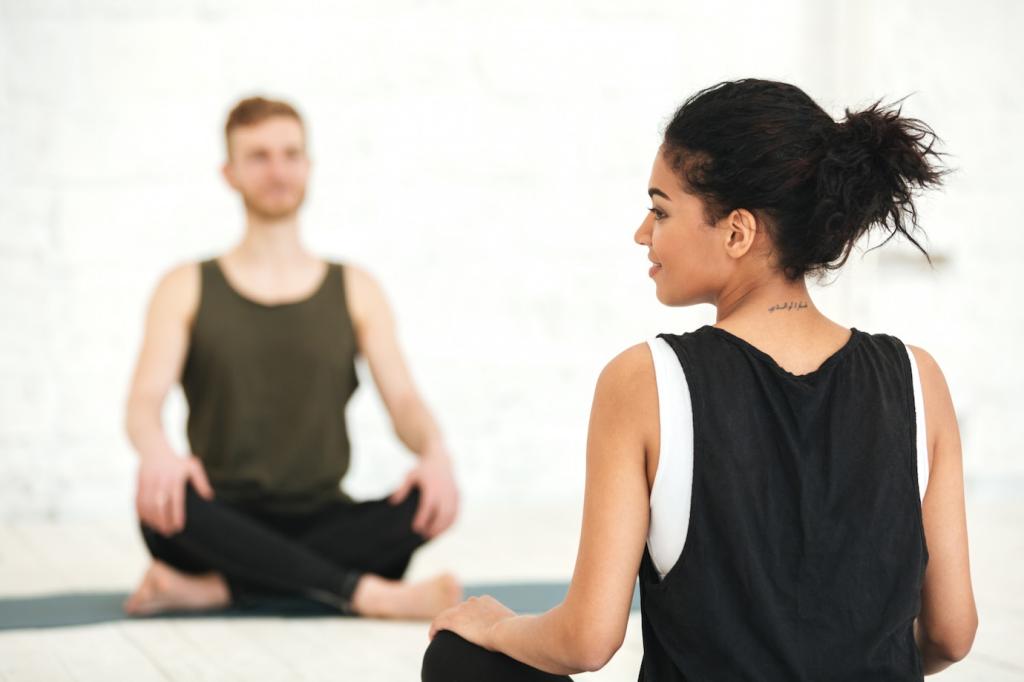
Savasana with Body Scan
End sessions with Savasana, sweeping awareness from toes to scalp. Notice hotspots, soften the breath, and allow heart rate to settle. Many athletes report better sleep and reduced soreness when they consistently finish workouts with five mindful, undistracted minutes here.
Smart Progressions and Helpful Modifications
Blocks bring the floor closer in Half Moon or Lizard, encouraging alignment over ego. Straps bridge shoulder tightness in Cow Face Arms. A wall builds confidence in Dancer’s Pose, letting you explore range safely while keeping posture organized and breath steady.
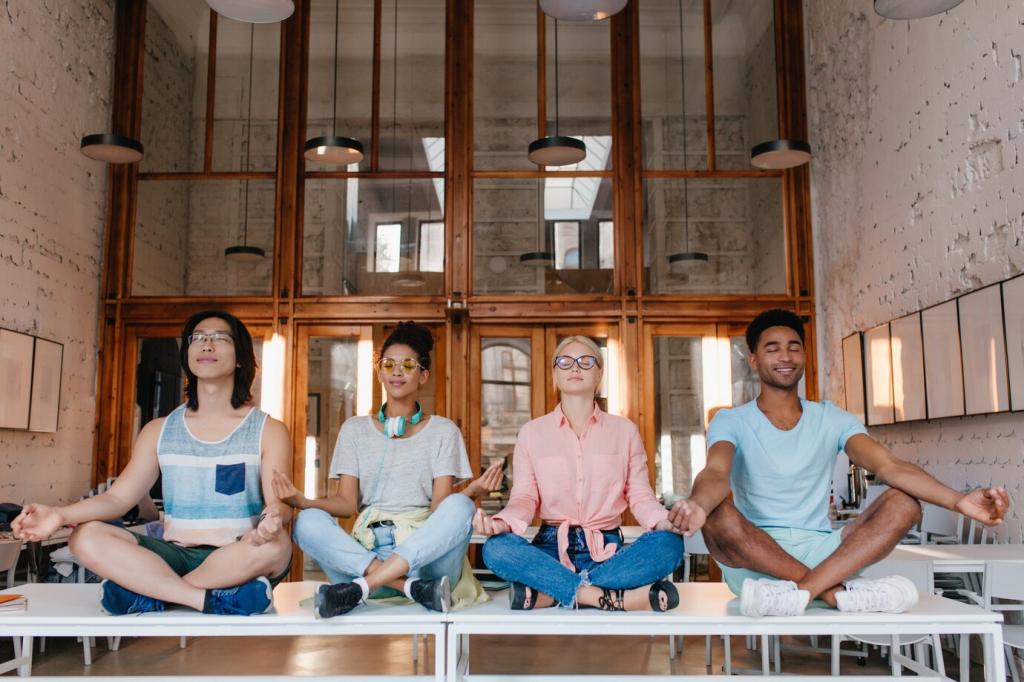
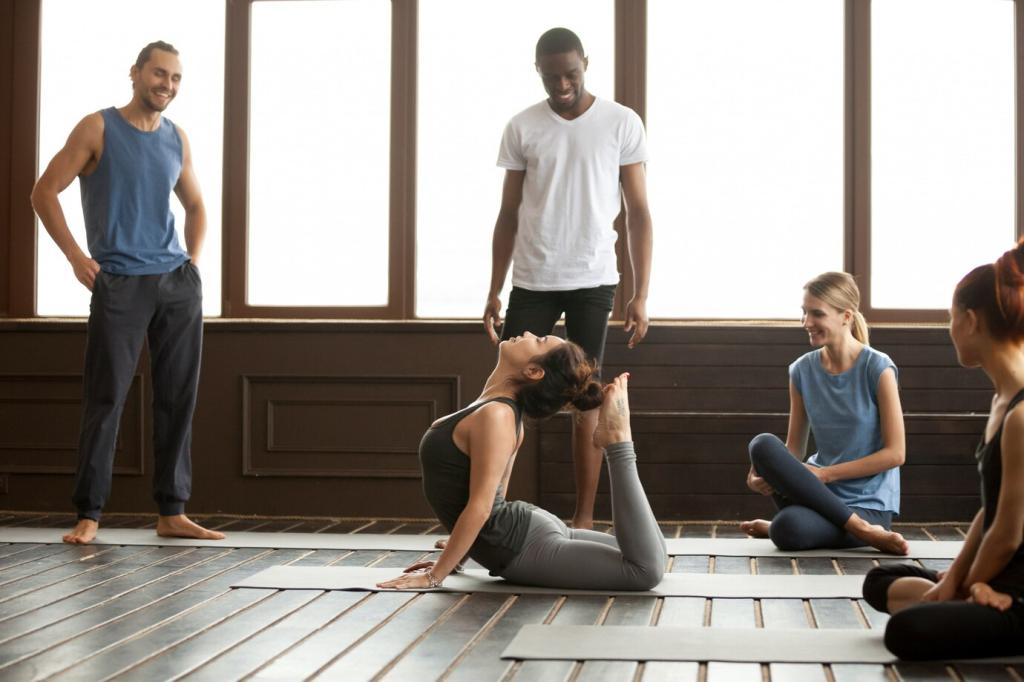
What Science Says: Flexibility, Strength, and Your Nervous System
Before lifting, emphasize dynamic mobility and activation to prep tissues without damping power. After training, use longer, calmer holds to consolidate range and encourage recovery. This simple timing shift protects speed and strength while still improving flexibility over weeks.
Your 3-Phase Integration Plan
Before workouts, cycle three Sun Salutations and a Lizard hold per side. After, add Bridge and a brief Savasana. Track how squats feel and rate soreness. Keep sessions short, consistent, and focused on clean breathing without rushing transitions.
